The most unpleasant symptoms, in the form of itching and rashes, can cause subcutaneous parasites in people of all ages. Any aggression brings a lot of health problems due to complications. Worm species with a long incubation period of several months are very dangerous.
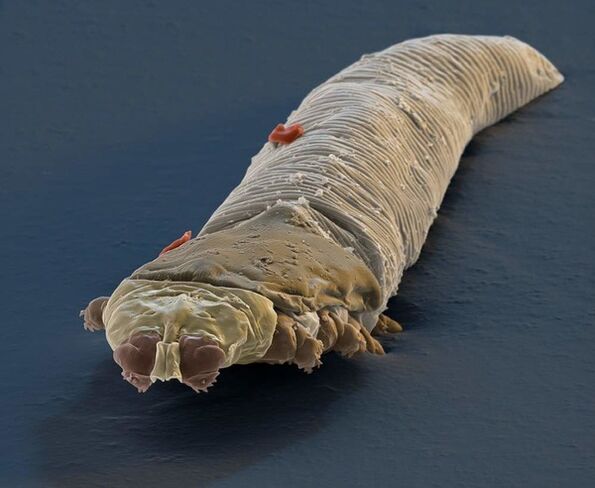
Types of parasites that live under the skin
Subcutaneous worms can enter the human body: by contact with an infected person; from blood -sucking insects that carry parasitic larvae from animals.
The main feature of such an invasion is the difficulty of recognizing the pathology, because at first the infection can disguise itself as another somatic disease.
Once exposed to the thickness of the skin, the parasite over time can move to any internal organ and cause disruption of its function. Helminths feed on blood and use it to hatch larvae.
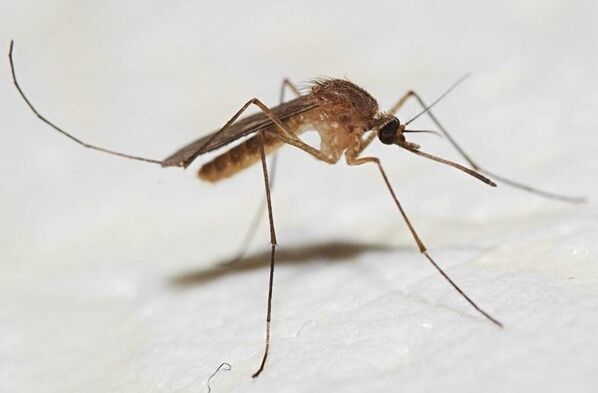
The main signs of the presence of this type of parasite in the body are severe weakness, decreased performance, constant desire to scratch the skin. When these symptoms appear, it is recommended to consult a specialist: a therapist, dermatologist, allergist, infectious disease specialist. Working with doctors and the diagnostic methods they use in their work helps in time to become aware of the presence of subcutaneous invasion in the body.
From the diagnostic method, the study of feces, blood, scalp and epidermis is mandatory.
The most common infections with subcutaneous worms occur in countries with very hot climates - Central Asia, Africa, South America. Therefore, returning from a tourist trip to the rest of the continent, you need to pay special attention to your health.
Important! It is strictly forbidden to treat yourself with medical drugs and folk remedies-this can aggravate the condition and poison the body. There is no need to postpone a visit to the doctor, and strictly follow the prescribed course of medication.
There are many types of worms that live on the skin. The invasive species listed below are the major species.
Filariasis
Subcutaneous helminths of this species are represented by filamentous nematodes, which are common in tropical countries. This type of parasite can live on the skin for several years in a row, and after its own adaptation, it migrates throughout the body and finds other habitats.
Signs of the disease that appear initially are skin rashes in the form of itching and spots, accompanied by itching. Then the temperature is added.
Signs of severe filariasis include eczema, boils, and warts, subcutaneous nodules, severe headache, drowsiness, subcutaneous nodules, and increased fever.
Often parasites can be found on examination by an ophthalmologist, because he likes to live in the mucous membranes of the eyes.
Important! With untimely visits to the doctor, filariasis contributes to the emergence of eye diseases and causes complete loss of vision.
Schistosomiasis
Parasites of this species live in warm freshwater rivers and lakes in countries with hot climates. Infections can occur while bathing or drinking raw water.
Parasites simultaneously affect the skin and urinary system. Toxic substances that enter the blood poison the body strongly, and this causes various disorders of the work of many organs and systems.
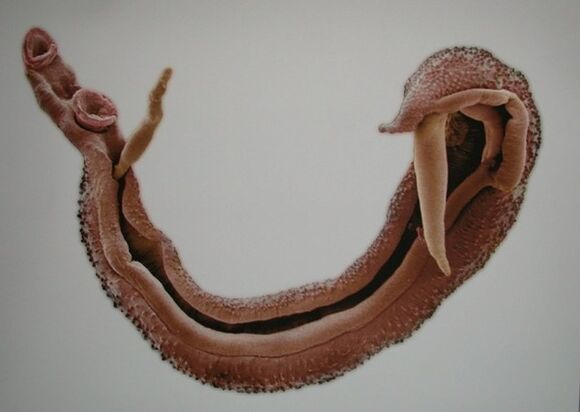
Signs of infection with parasites are: rash in the form of dermatitis and rinsing of the skin, unbearable itching, night sweats, enlarged liver, dysfunction of the renal system, sudden rise in temperature.
Schistosomiasis, which occurs with damage to the genitourinary system, clogs the outlets and entrances of the bladder.
Important! In order not to be infected with this helminth, you should not swim in disturbed tropical bodies of water and drink raw water from unknown natural sources.
Dracunculiasis
The disease is caused by rishta - roundworm -parasitic, reaching a length of 80 cm. Infection with worms, which are home to countries with tropical climates and Central Asia, can be caused by the consumption of raw water or contact with cats and dogs that are worm carriers.
The incubation period from the moment of infection with parasite eggs and migration into the body is 1. 5 months. Parasites thrive and thrive throughout the year.
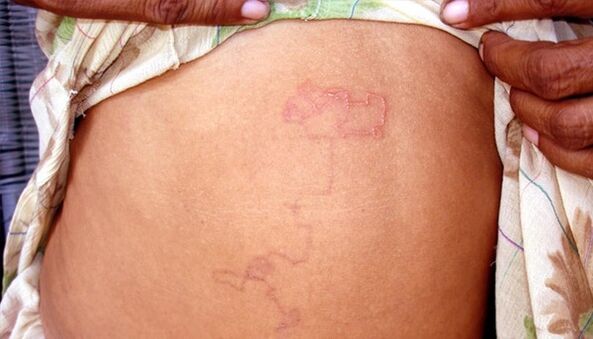
Dracunculiasis affects the skin of the lower part of the foot. This parasite can twist and stretch, forming a long bulge on the skin, and then bubbles a few centimeters. As soon as the bubble comes in contact with water, the bubble immediately bursts, releasing the larvae, which causes symptoms of severe internal itching.
Important! If therapy and combating this type of parasite is not carried out, then the person begins to suffer from sepsis, gangrene inflammation or joint incompetence.
Scabies
Types of mites up to 0, 4 mm are the cause of the development of scabies. Parasites can be infected if in contact with a sick person's body or belongings, if the person has decreased immunity. Infection occurs when hygiene rules are not followed.
Small parasites that enter the skin are introduced first into the epidermis, then into the inner layers, and are capable of infecting the whole body with toxins. Parasites gnaw the pathways where they lay their eggs.
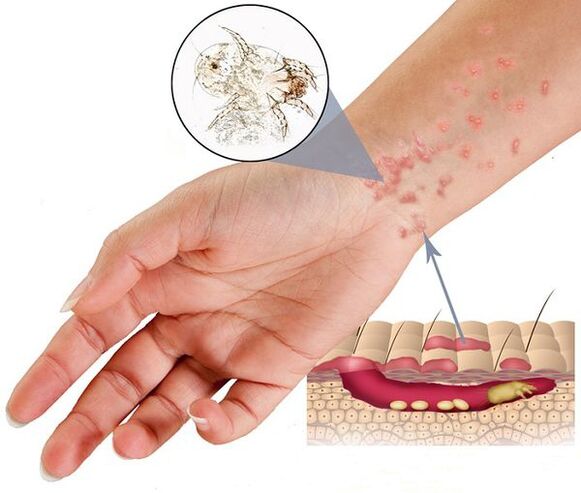
Pathological clinical symptoms appear in the form of red rashes, small blisters and flaking of the skin on: hands, thighs, elbows, knees, and hair. If you treat the rash spot with iodine solution, then you can see lice.
Due to the active development and reproduction of parasites, a person is tormented by intolerable itching, which increases at night, the desire to scratch the skin, as well as after contact with water.
Complications of scabies include the development of furunculosis, eczema, dermatitis and vesicular lesions on the skin.
Important! In order not to get scabies, you need to follow the rules of hygiene, and avoid contact with people infected with scabies.
Demodecosis
The disease, caused by microscopic mites, is seasonal, and appears more frequently in the fall. The formation of excess fat on the skin in summer and the negative effects of ultraviolet rays damage local immunity, contributing to the spread of this species of mite.
Parasites can be transmitted through contact with a sick person, as well as the use of his or her personal belongings and care items.
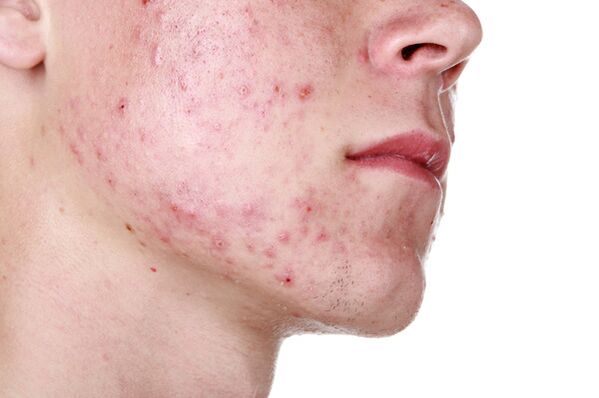
The pathology, according to clinical signs, is very similar to acne, which captures more regions. Pink and red papules stick to the face and back, leaving rough scars after healing. A person can experience inflammation of the eyelids, vasodilation, and flaking eyebrows.
Important! Scabies fever develops over many years. For an accurate diagnosis of a person, abrasions are taken from the skin. Healing therapy can take up to 3 months.
Dirofilariasis
Invasion is considered a dangerous parasitic disease, caused by dirofilaria worms, reaching 30 cm in adulthood. This type of parasite affects the subcutaneous area, as well as the eye tissue, and can cause complete loss of vision.
The incubation period for the development of dirofilariasis is several years. A person can be infected by mosquito bites, which carry parasite eggs from sick dogs and cats.
Seals grow on the skin, accompanied by pain, unbearable itching and hyperemia. Seals can grow to the size of an average egg, in which the circular helminth lives.
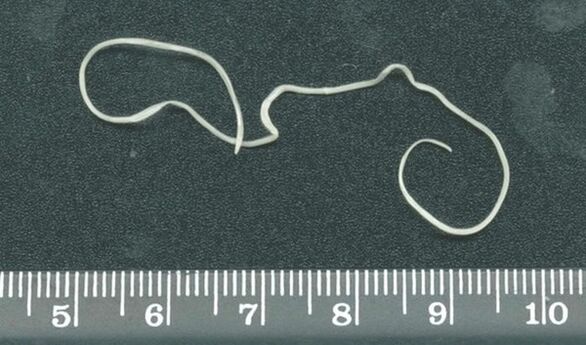
Basically, parasites live on the skin, but sometimes they can crawl into the eyes, causing visual disturbances and loss of vision.
In order not to be infected with this type of worm, you need to fight mosquitoes by all possible methods and use repellents in daily life.
How to get rid of subcutaneous parasites?
The fight against worms that grow under the skin is based on the use of superficial methods and drugs, as well as surgical operations.
Antiparasitic therapy for each type of helminth can be indicated in tabular form:
| Types of helminthiasis | Methods adopted |
|---|---|
| Filariasis | Anthelmintic drugs for the treatment of filariasis. In severe cases, surgery. |
| Schistosomiasis | Antimony and surgical techniques were used. At the same time, rehabilitation of the affected organ is necessary. |
| Dracunculiasis | Neat worm removal by surgery. |
| Scabies | Local remedies: salicylate ointment and sulfur soap; suspension of water soap; hydrochloric acid solution for 1 week. Immunological preparations. Disinfection of patient clothing and household items. Sometimes antibiotics are used. |
| Demodecosis | External agents are used: camphor alcohol, as well as comprehensive cosmetic treatments (cleansing, masks, skin), the use of hyaluronic acid, alginate. Immunostimulants, vitamin complexes, anti-inflammatory drugs are used. Be sure to treat the corresponding pathology of disorders of the gastrointestinal tract and metabolism. A healthy diet and physical therapy are very important. |
| Dirofilariasis | Surgical treatment. The eyeballs may need to be removed. |
In most cases, you can get rid of these types of subcutaneous helminths thanks to surgery and undergoing intensive chemotherapy.
Shallow treatment
Superficial action methods are used to combat worms that live in the epidermis (e. g. , scabies and demodicosis).
External antiparasitic drugs are applied to the skin with sores. The medicine is applied all over the body at night. This course lasts for 2 weeks. People who have been in contact with an infected person are advised to perform the same procedure.
With demodicosis, suspensions, ointments, solutions, gels, scrubs, cryotherapy are used, which reduce sebum secretion, eliminate food and reduce the negative effects of parasites.
With other types of helminths, external manifestations are removed with the help of ointments with steroids and antibiotics.
All ointments specially selected by the doctor relieve inflammation, eliminate parasites from motor activity and kill them.
Local procedures must be applied in moderation, to avoid damage to the skin, so as not to disturb the acid-base balance, and to exclude the adhesion of pathogenic microbes to the pathology.
Important! When starting therapy at hot temperatures, it is necessary to wash clothes and warm pillows in bright sunlight.
Medications
For each type of helminth, its own medicine is used, which is prescribed by a doctor, according to the stage of the disease.
Some drugs kill the parasite completely, others paralyze it and prevent reproduction.
When a helminth dies, a person may experience signs of intoxication-headache, nausea, vomiting, so the drugs are carefully selected. Intake of enterosorbents is allowed.
The primary disease must be treated with pathology from other organs. Symptomatic therapy is used.
Surgical methods
Intervention by a surgeon is required to remove the parasite through incision.
The operation was performed as usual under local anesthesia. The surgeon needs to be a member of the welfare and mastery of his craft, so that when releasing the helminth, pull it completely out, without dividing it into several parts.
Postoperative recovery methods include therapy with antibacterial, analgesic, anti-inflammatory drugs, and even antiparasitic drugs.

Prevention of infection with helminthiasis
With caution, it is very possible to prevent subcutaneous worms from entering the body.
Need:
- undergo an annual medical examination;
- see a doctor for various diseases;
- wash your hands clean after going to public places and coming into contact with strangers and wild animals;
- boil raw water, and do not drink it from natural sources;
- do not swim in stagnant bodies of water, especially in hot countries;
- to fight blood -sucking insects using repellents and protective devices;
- carry out routine and general house cleaning, and maintain order.
When traveling to an epidemic dangerous situation, you need to observe safety measures, and make sure you know all the information on how to protect yourself on the trip.
It is necessary to increase immunity by leading a healthy lifestyle, eating well, hardening and taking vitamin complexes several times a year.
Fighting subcutaneous parasites requires patience and effort. If all the doctor’s prescriptions are followed, the person will fully recover.



























